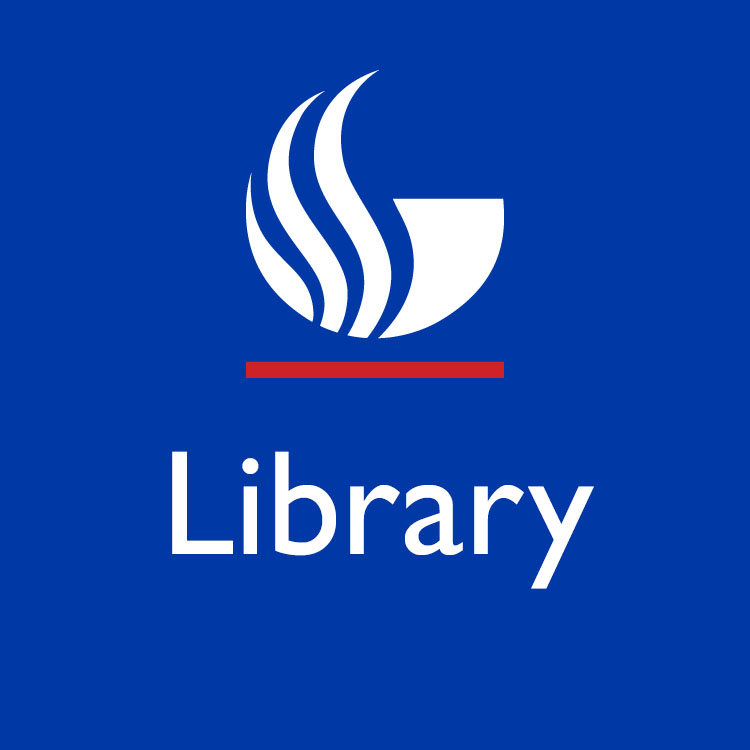What is fair use?
This week, the Library blog will be featuring a series of posts observing Fair Use Week. Check back for a new post about fair use every day this week, and follow us on Twitter and Facebook.
 Fair use is an exception included in the copyright law that allows certain uses of copyrighted material without the permission of the copyright holder.
Fair use is an exception included in the copyright law that allows certain uses of copyrighted material without the permission of the copyright holder.
It’s important because it allows creators to reference other works in new ways: to comment on song lyrics, to argue against an author’s work, , to build on a previous scholarly study, to make fun of a movie or song by parodying it, to use part of a text in class, or any number of other ways. Fair use is intended to balance the rights of the copyright holder against the public good: there’s an expectation that even if you own a work, others can build on it in certain ways. That encourages the creation of more new works.
Usually, if you’re using part (not all) of a copyrighted work, and you’re using it in a “transformative” way – doing something new with it like adding to it, commenting on it or parodying it – that’s probably fair use, and you’re within your rights to use it even if the copyright owner of the original work disagrees.
There’s a lot of legal gray area around how much of a particular work is okay to use, and around what exactly a transformative use is. If a copyright case goes to court, fair use can be used as an affirmative defense, and it’s decided on a case by case basis. Look at tomorrow’s post about the four factors to learn more about how to tell whether a use might fall under fair use.
Check out the fair use page on our copyright research guide to learn more.
